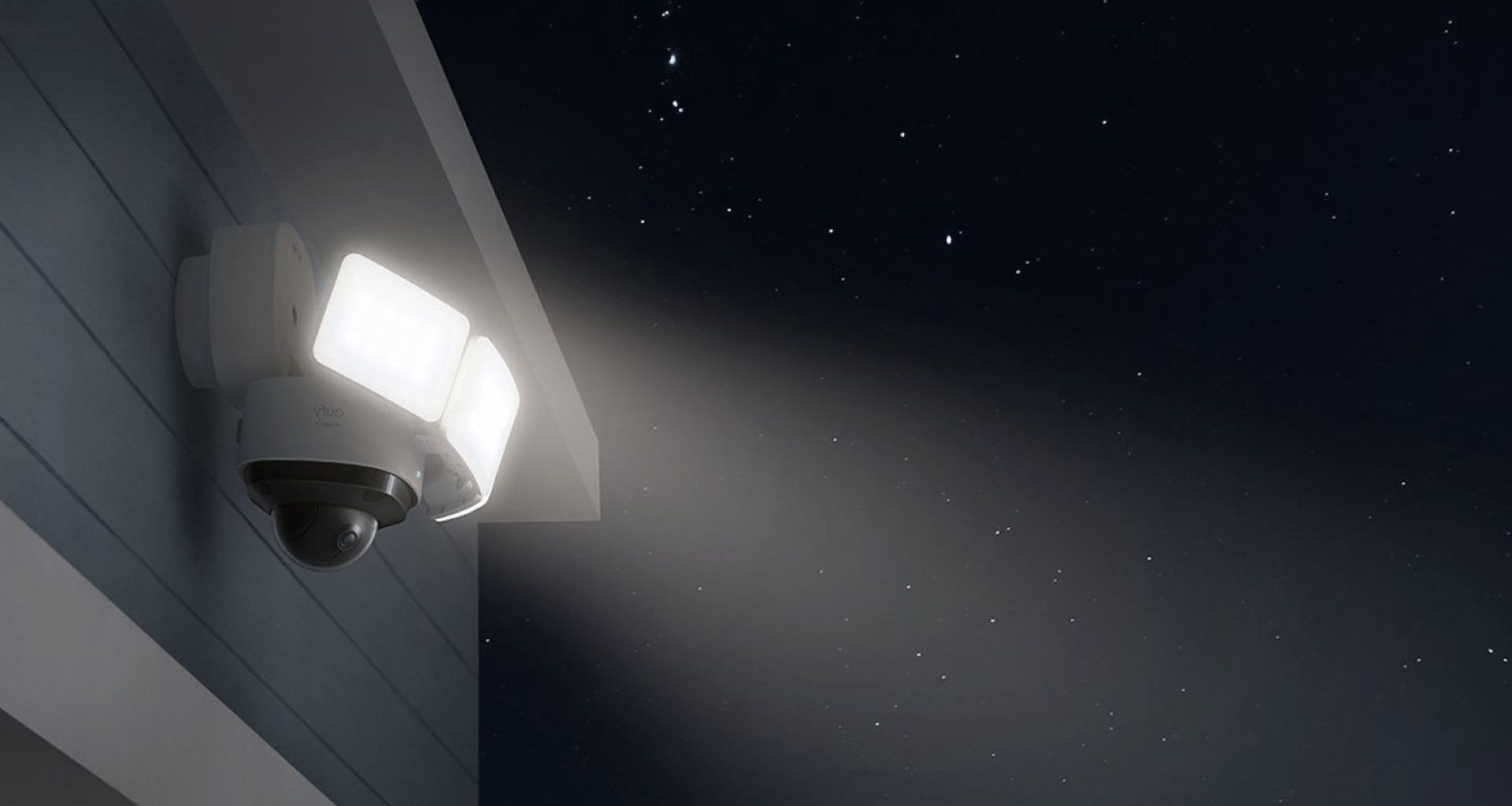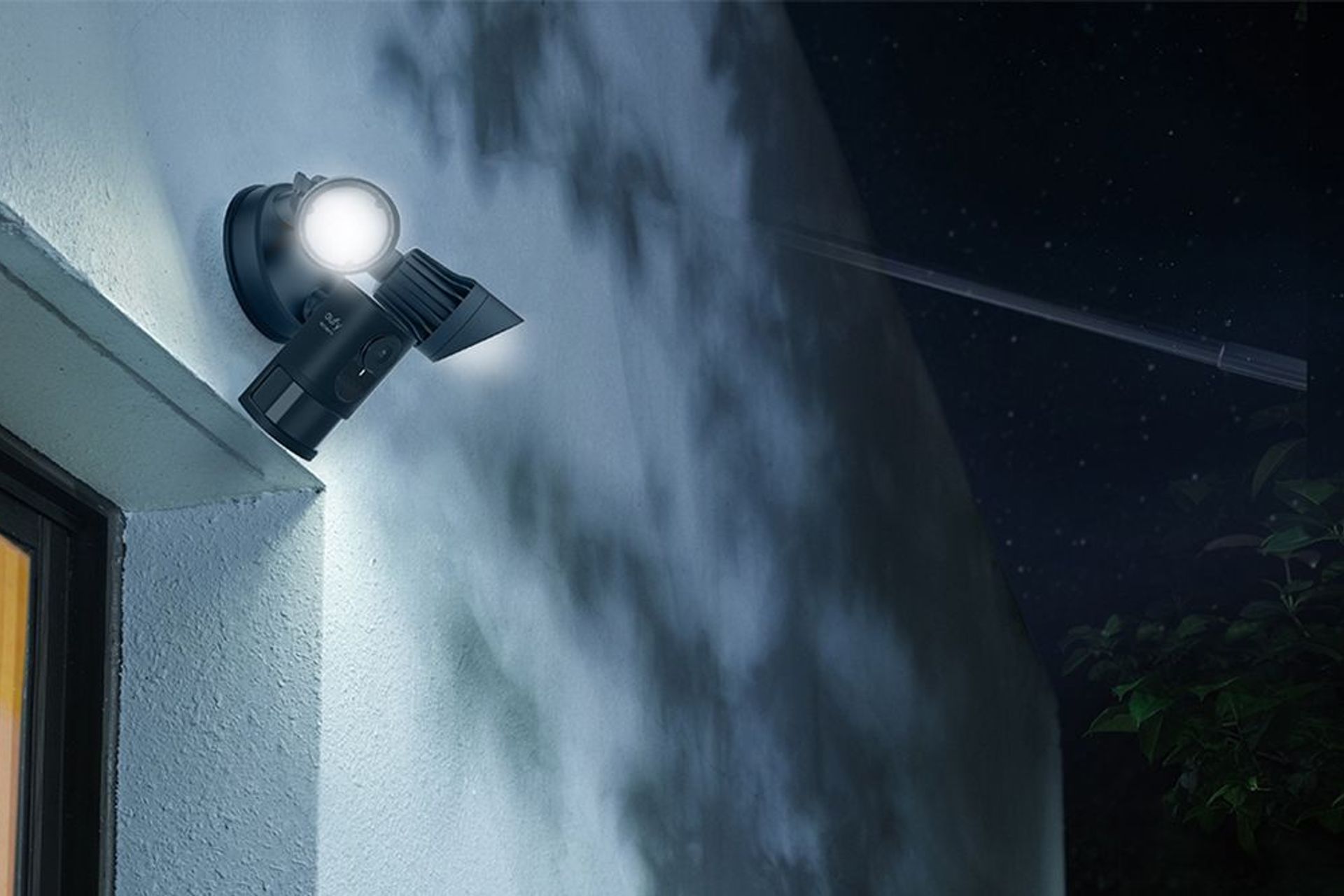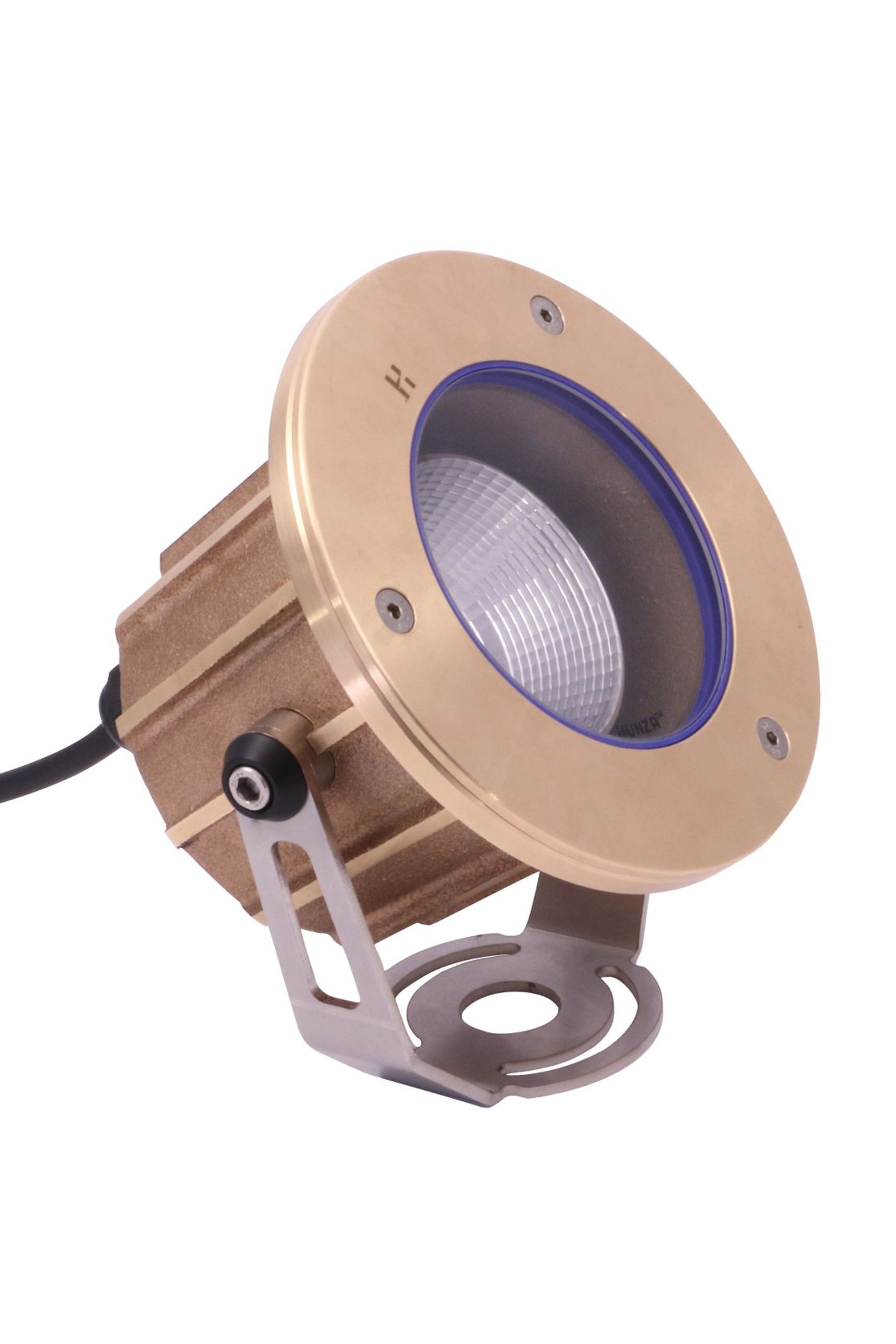The homeowner’s guide to flood lights

If you have an outdoor area that’s a great entertaining space during the day, then chances are you can extend that into the night with the strategic use of flood lights. The great thing about flood lights is the power and coverage they offer and with the advent of LED flood lights, they can be incredibly energy-efficient too. Used in the right way, they can serve a number of purposes as a versatile lighting solution for your outdoor space.

What are flood lights?
Flood lights are a type of light with a broader beam than other fixtures. They're mostly used in areas with little light, like your backyard or dark areas on your property. Lights of industrial standard are used as commercial lighting solutions in places like sports stadiums to provide not only better visibility for players but also broadcasters that might be televising the event.

Types of flood lights
There are a few different types of flood lights you can from when devising the ideal outdoor lighting plan for your home.
Halogen
The electricity in these bulbs activates the halogen gas and tungsten inside the bulbs. They emit a white light that some people prefer, but they also get a bit hotter than other bulbs and are therefore less energy efficient.
Incandescent
Rather than gas, incandescent bulbs have an element placed inside a vacuum that's then heated by an electric current. These bulbs run cheaper than other types, but they have a shorter lifespan.
Fluorescent
Fluorescent bulbs contain mercury gas with a phosphorescent coating on the inside of the bulb. The current passes through the coating, causing the bulb to glow. These bulbs last longer than fluorescent, but they come with a higher initial cost.
LED
LED bulbs contain a semiconducting material called a diode that emits light through a process called electroluminescence. These bulbs also have a high initial cost, but they can last for years at a time. LED lights also use about 75 per cent less energy than halogen bulbs, meaning they easily pay for themselves in the long run. They can also be used in conjunction with smart lighting technology.
Related article: LED lights - the definitive guide

How to use flood lights on your property
Flood lights are a versatile type of light that can be used in a number of different ways on your property.
House exteriors
Flood lights can be used to highlight the architectural features of your exterior in a bold and dynamic way. This will not only make them noticeable on the street but from farther distances too. Homeowners with coastal properties often embrace them to make their homes stand out from the shoreline or the sea.
Pathways
If your home happens to have a few darkened pathways around the house then flood lights are a great way to provide some illumination when the sun goes down. They’re a great safety measure for those late evening or early morning wanders.
Decks and Patios
You can easily light up an average-sized deck or patio with just a single spotlight, placed strategically from the top corner of an awning. An extremely quick and easy outdoor lighting solution.
Related article: 12 Brilliant deck lighting ideas for your home
Gardens
If you’ve taken the time to care for an immaculate garden then flood lights are a great way to show them off in all their grandeur at night. You’d be surprised how spectacular and striking this can look and it's also a security deterrent to keep unwanted prowlers out of your garden.
Entryways
If you have dark entryways, or you simply need new lighting, flood lights can be a big help. You can set them up with timers and/or motion sensors so they only light up when needed too.

Costs and installation fees for flood lights
Before labour, you're likely to spend anywhere from $35 to $200+ for one flood light. If you would like things like motion sensors and other features like smart technology then this will be an additional.
With labour, you can expect to pay $75 to $130+ an hour for an electrician in Australian depending on where you live and the experience/reputation of the professional.
You'll also need to ensure your home is up to the task of keeping these lights running. You'll need to have overload protection on your electrical circuit, as some larger flood lights can consume a lot of energy and easily overwhelm your home's resources without one. Your electrical professional will be able to advise on your specific situation.
Related article: Outdoor lights - the complete guide
FAQ
With all the bases covered, there are also some other frequently asked questions that people often have before making their final decision.
How many lumens are required for a backyard flood light?
Flood lights for the home usually offer around 700 to 1,300 lumens worth of illumination. This will usually be enough to cover a decent area of your average backyard, however, if you have an especially large backyard then you might need to double up for full coverage.
Are flood lights dimmable?
This is going to depend on the bulb and the fixture you choose. Most LED flood options do come with a dimmable option.
Do flood lights deter criminals?
While it's never a guarantee, the extra brightness that comes with flood lights can indeed help deter criminals. Bright lights make it harder for them to conceal their identity and eliminates shadows for them to hide in.
Revamp your outdoor lighting with flood lights today
Now that you know a bit more about flood lights, are you ready to revamp your lighting? Remember to consider their uses, and what it will look like to relight your entire outdoor space before diving into your purchases and design schemes. Not only will this help you organise your approach, but it will help ensure they meet all your needs and requirements.
